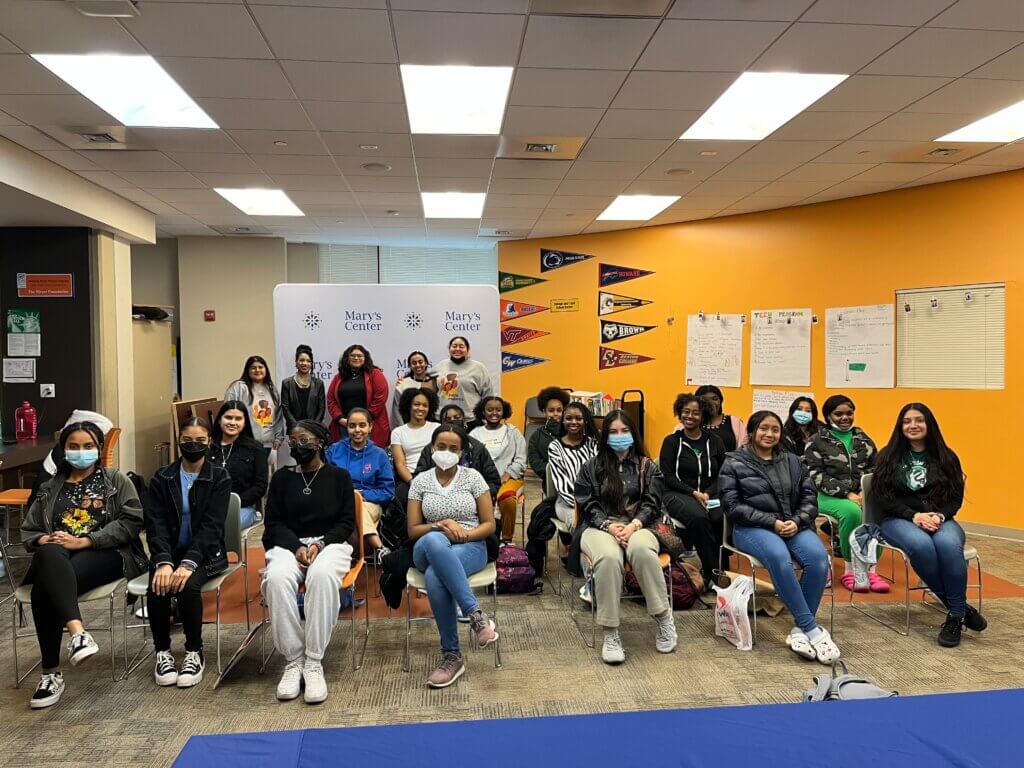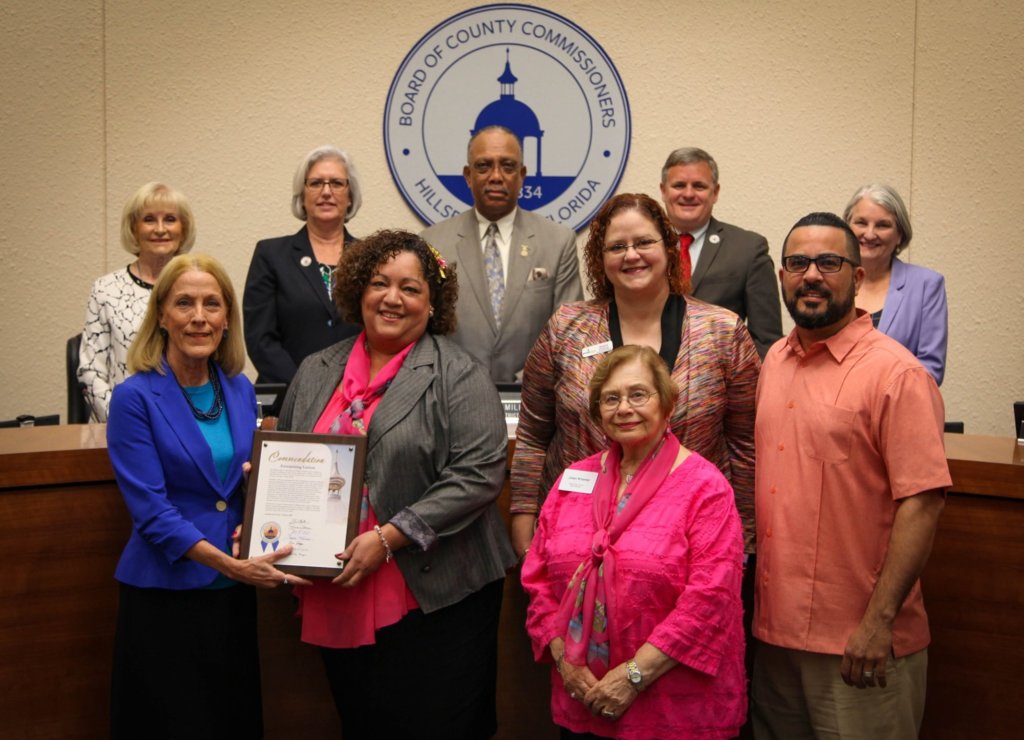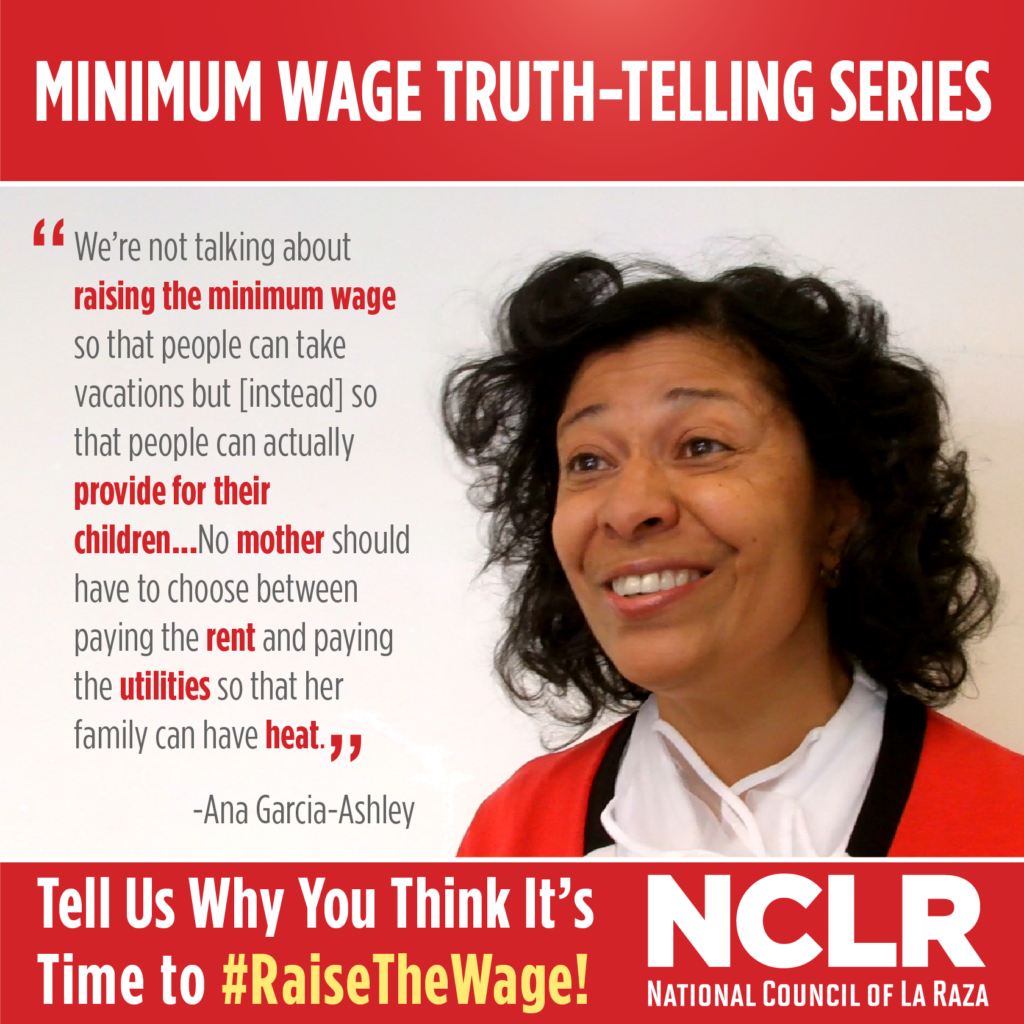Growing Up Across Borders:
Grammy Award-Winning Musician Lila Downs Shares Her Perspectives on Teaching Indigenous Latino Culture

March marks the first month of the 2020 U.S. Census collecting important data about race and ethnicity. And since International Women’s Day falls on March 8, many people around globe use the whole month to uplift women’s issues and celebrate their achievements. For Grammy award-winning musician Lila Downs, contemplating identity and gender is something she does every day and every month of every year. She grew up navigating cultural intersections as the daughter of a Mexican mother of Mixtec descent and an American father with Scottish heritage. She went on to study those intersections as a student of music and anthropology. And today, those are all topics she uses to educate her audiences in her alter-Latina songs.
Earlier this year, ProgressReport.co had the opportunity to talk to her about her life story, her music, and her ideas for helping indigenous Latino school children feel welcomed, valued, and recognized in the United States.
Lila’s life story begins with her parents’ chance meeting in Mexico City. Her mother, Anita Sanchez, worked as a cabaret singer there and her father, Allen Downs, a cinematographer and biologist who taught at University of Minnesota, had come to Mexico making a film about the migration patterns of the blue-winged teal duck. A common introduced the two at the club, and they fell in love, prompting Downs’ father to go home to Minnesota where he had a wife and family, seek a divorce, and return to Mexico to marry Downs’ mother.
“I was born five years later, and that’s how I grew up in both countries,” Lila explains.
The bulk of her early childhood was spent in Oaxaca, where she grew up mostly speaking a mixture of Spanish and Mixtec. The state’s 16 indigenous languages and ethnic groups had her completely immersed in a multifaceted Mexican identity, then at 14, the family move to Los Angeles.
Like many immigrant youth, Lila struggled to find her identity. She went off to college at University of Minnesota to study opera and dyed her hair blonde to fit in with a primarily White population. Then, disillusioned with the college experience, she dropped out and followed the Grateful Dead. After wandering the states for a couple of years, she found a way to hone her musical and cultural interests, as well as her identity by returning to University of Minnesota to study music and anthropology..
“Anthropology was my tool to understand my own story, the story of the Americas in the Native American vision,” she says.
The more she learned, the more she armed herself with languages, instruments, musical genres, traditional garments, and other musicians who could help to embrace her multicultural, and very notably indigenous self, while at the same time embracing a wide array of other ethnic and cultural experiences.

Those elements, combined with multilingual and socially conscious storytelling , turned Lila Downs into a world-renowned artist. It also catapulted her into a growing trend toward diversification of pop culture and the telling of stories of unsung heroes.
For example, she contributed multiple songs to the soundtrack of the Academy Award winning 2002 film Frida. That movie was one of Hollywood’s first attempt to capture the essence of Mexican self-portraitist Frida Kahlo, who now widely acclaimed artistry was often overshadowed by the public’s obsession with her long-time male partner, Mexican muralist Diego Rivera.
Lila would go on to win five Latin Grammys, including one for Best Traditional Pop Album for her 2017 recording Salón Lágrimas y Deseo. She also won a traditional Grammy for her 2014 album Pecados y Milagros, a collection of songs exploring Catholic and indigenous spirituality.
But even with all these successes, Lila is as concerned as any Latino about the intolerant or unaccommodating state of the world, especially against immigrants, people of color, or people whose first language isn’t English. That concern is becoming more pronounced as many school districts across America are noting an uptick in enrollments of Mayan Guatemalans, who often speaking lesser-known languages such as Kʼicheʼ or Mam as the home language. As such, ProgressReport.co worked with Lila to come up with the following ideas for introducing and celebrating indigenous Latino heritage in classrooms settings—or in these times of the coronavirus, virtual and homeschooled classroom settings. Some of these might be something to try after physical distancing and self-quarantining has ended, but others can easily be accomplished at home.

Play Around with Popular Songs
From Latin American rancheros and boleros to North American jazz, blues, and acoustic folk, all music is an expression of the human experience and the search for love, acceptance, and resilience. One of the ways Lila unites those experiences and builds new understandings of history is by borrowing, reinterpreting, and rewording the songs of others. “Folk is universal,” she explains.
A classic example of this is the medley she made of the songs Pastures of Plenty and This Land is Your Land, originally penned and recorded in the 1940s by legendary American folk artist and human rights activist Woodie Guthrie. Sprinkled in between the classic lines like “this land is your land, this land is my land, from California to the New York Island,” she inserts lyrics like this:
California, Arizona, I made all your crops
But it’s north up to Oregon to harvest your hops
Dig the beets from the ground, pick the grapes from your vines
To set on your table light sparkling wine

Try Some Food for Thought
Under ordinary circumstances, Lila would suggest getting school children to an indigenous cultural festival to explore its sights, sounds, and also its tastes. But it’s possible to explore these things online for now. Sure, tacos are everywhere these days, but dig deeper. Where did corn to make the tortillas come from? Why is it sacred to indigenous peoples across the Americas? What about chilis or pumpkin seeds? Don’t just rely on Google to learn more, “Consult with someone in the community who knows the culture,” says Lila.
Maybe you can’t bring that person into a classroom for a full-on cooking demonstration of pumpkin and chili seed pastes, but perhaps that person could do a video chat about it, or at least point students to where to find some.
“Food,” says Lila, “makes us cross a border to understand history and the relationships we have with each other.”

Contemplate the Origins of Math
Math has often gotten a bad rap for being difficult, and in fact, many students will do anything they can to avoid it. But Lila will tell you math is integral to a lot more than modern technology. It’s what makes patterns in her music and geometry in indigenous art and architecture. So before you go hating on math as though it were some sort of chore, see how it can be incorporated into a cooking project or a game that keeps students occupied on long indoor days. But most importantly, read up on its origins. In fact, Lila says, it would behoove the whole world to show some thanks and admiration for the Mayan mathematicians.
“These are the great people who invented the zero, right? That is no small feat,” she says.

Explore Language
UnidosUS uses the terms Latino and Hispanic interchangeably because of varying preferences among people of Latin American origin, but even those terms can be confusing for those whose ancestors hail from Latin America but identify first as indigenous. After all, both terms are rooted in the “Latin” heritage, which the Roman Empire spread to the Iberian Peninsula before Spain ever existed. And long before any of those empires were expanding, there were mighty ones flourishing in what is now known as North, Central, and South America.
“I think one of the very bewildering sensations for us who have indigenous origins is that we are spoken about as if we were in the past. That was the only greatness, right? And they talk like we are no longer here, but we are, we’re all here,” she says.
Discovering this heritage could be as easy as looking at a map of all of the Americas and trying to identify which places are, in fact, indigenous names, then tracing those names to the peoples and languages spoken there.
In fact, why not start with Lila’s native Oaxaca, a very indigenous Mexican state, with a very indigenous name? Then from there, play some of her music, try and differentiate which songs have sprinklings of her native Mixtec in them.

Find Your Own Voice
When Lila is on the road offering workshops, she often comes across other indigenous Latino communities who lament they don’t have someone like her to represent their own unique language and culture. She tells them she had the same problem when she was growing up, so she tells them, “It’s in your hands. You have to be strong in your vision and your art and keep working hard.”
Lila also understands that it’s especially challenging for females in a world where, men, even oppressed ones, have tended to enjoy greater freedom than women. But a review of the arts and literature of any people at the margins will usually show how humor and double entredres can build resistance and resilience.
“The question is, how do you fight against the things that are negative for us but at the same time have fun? That’s the secret of folk, right? I think that’s why it’s so very universal.”




